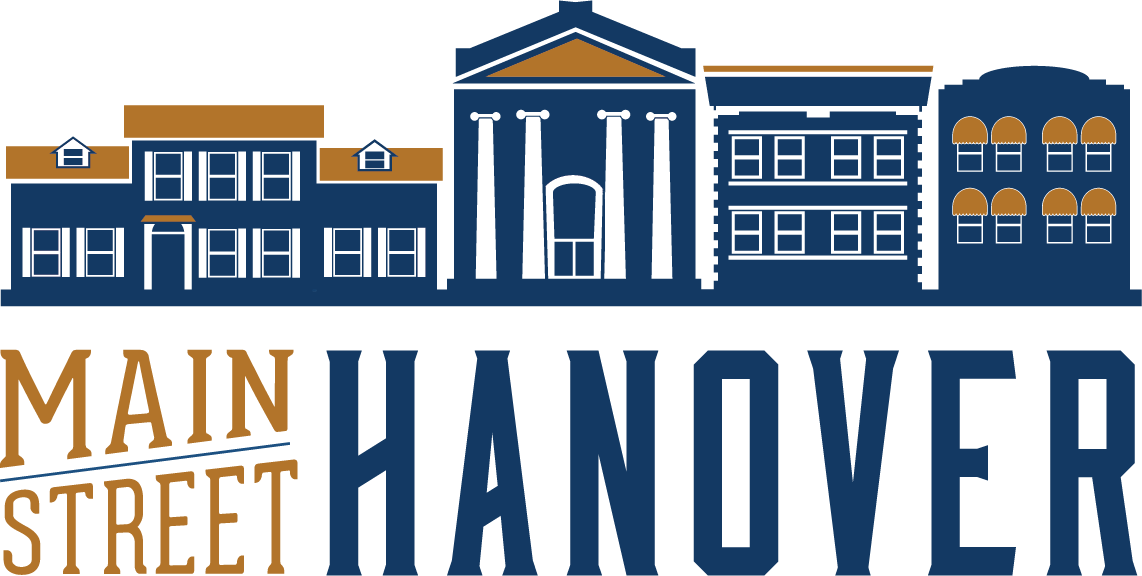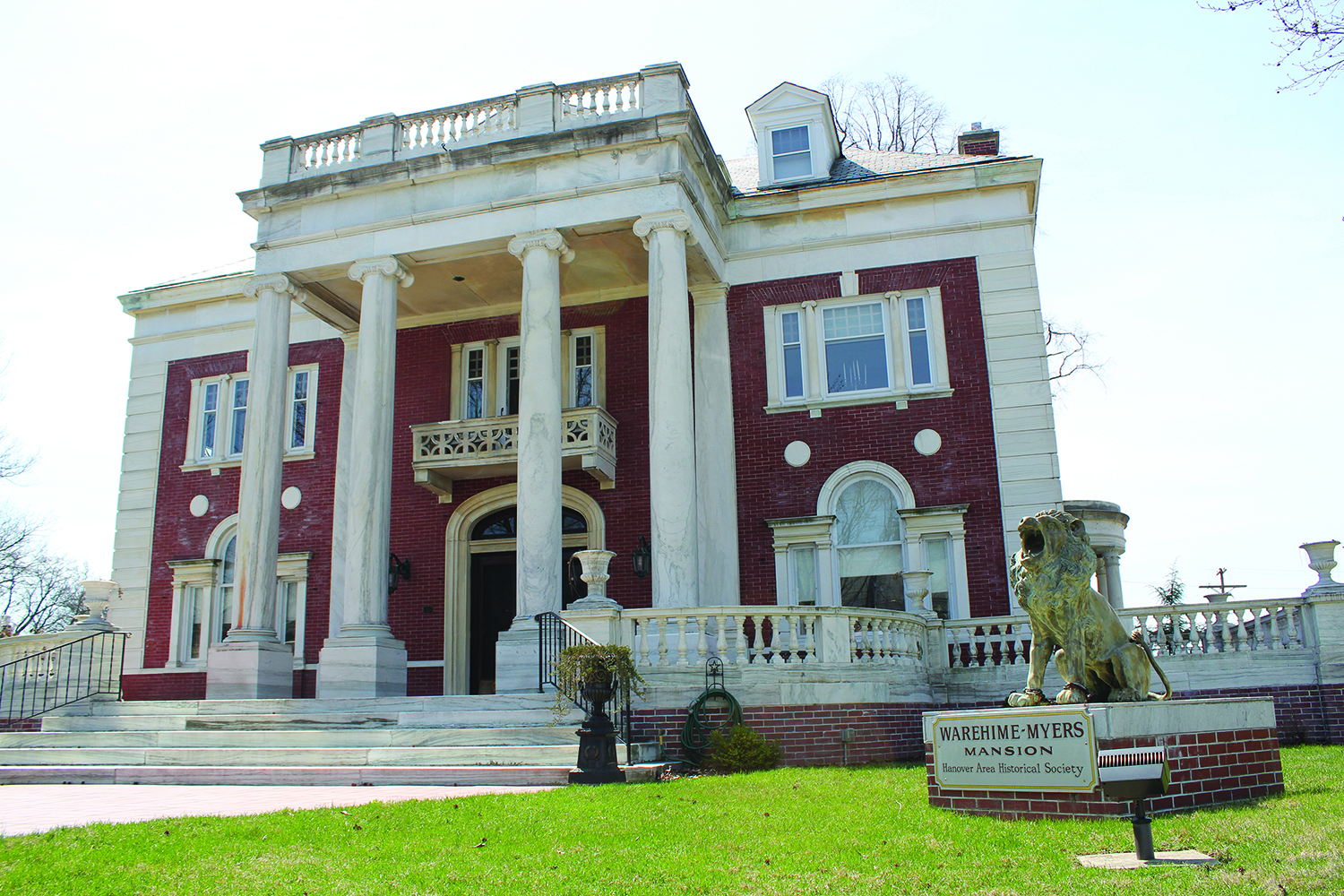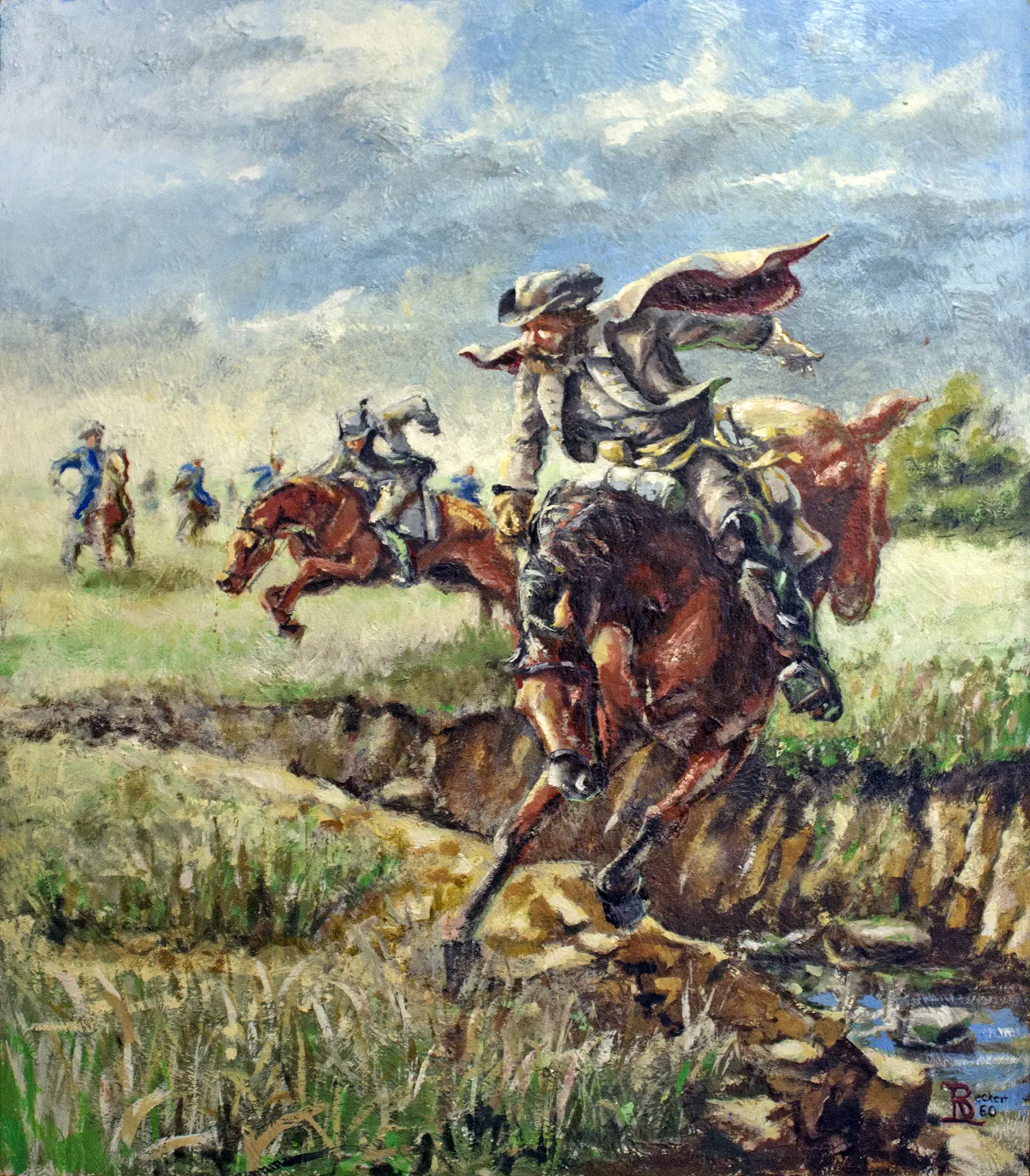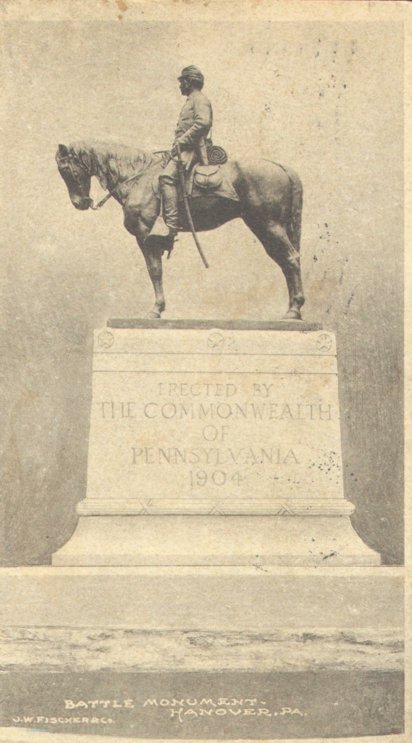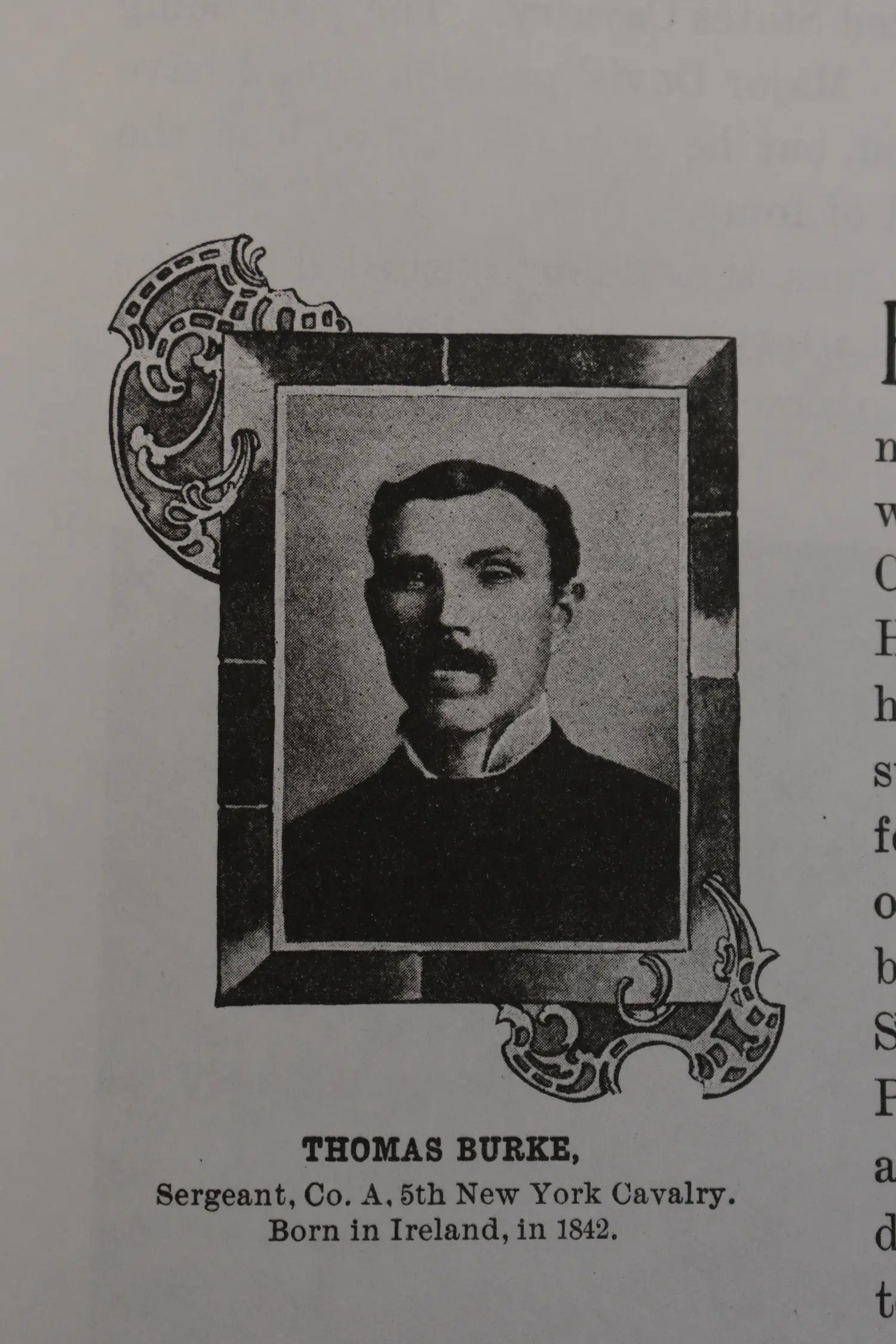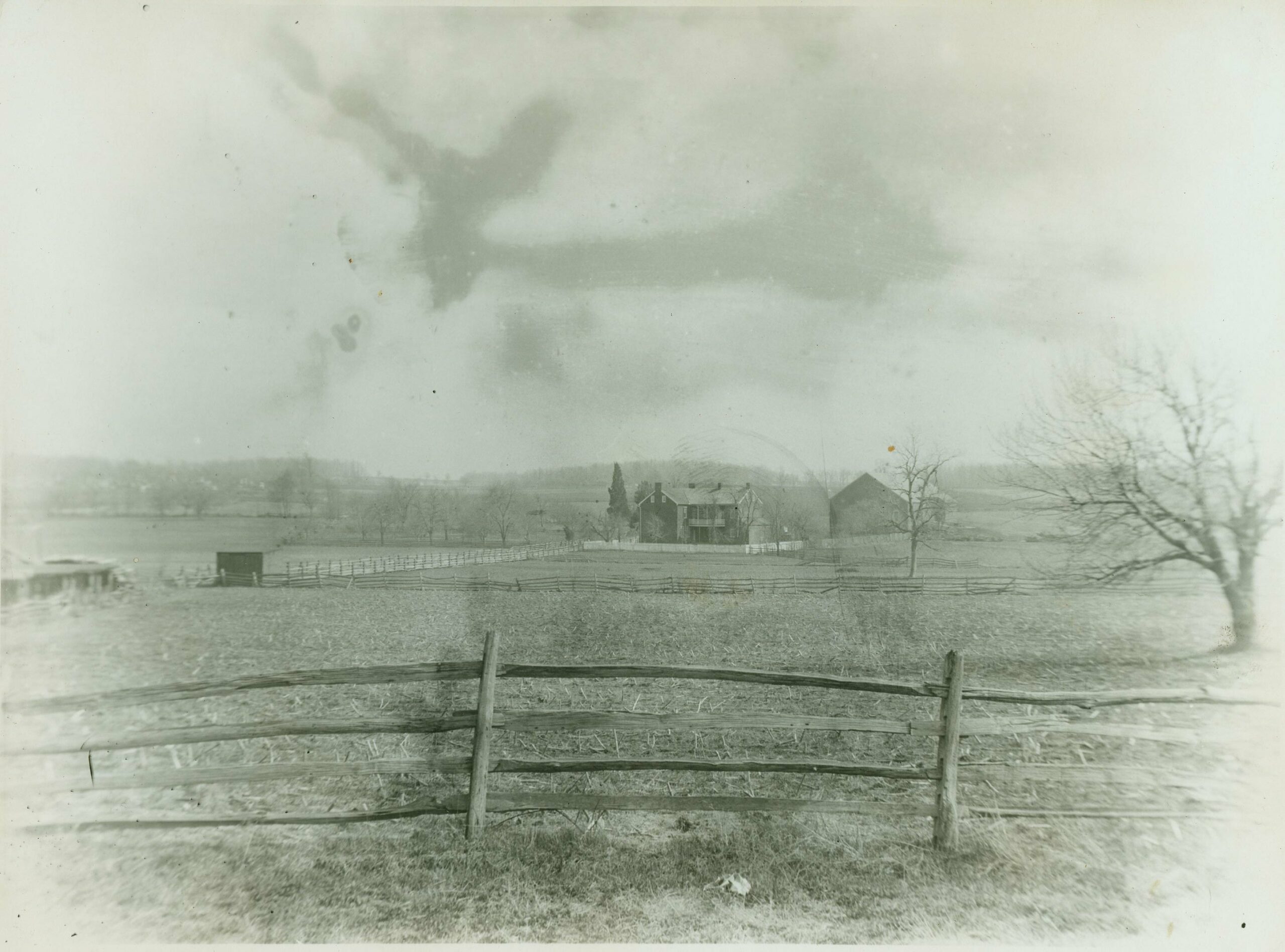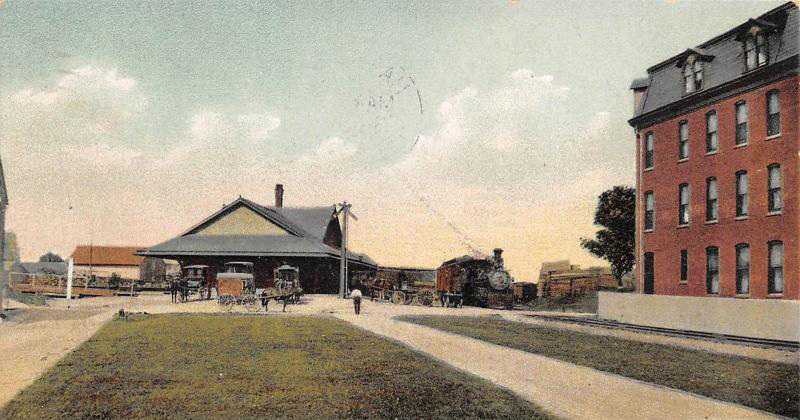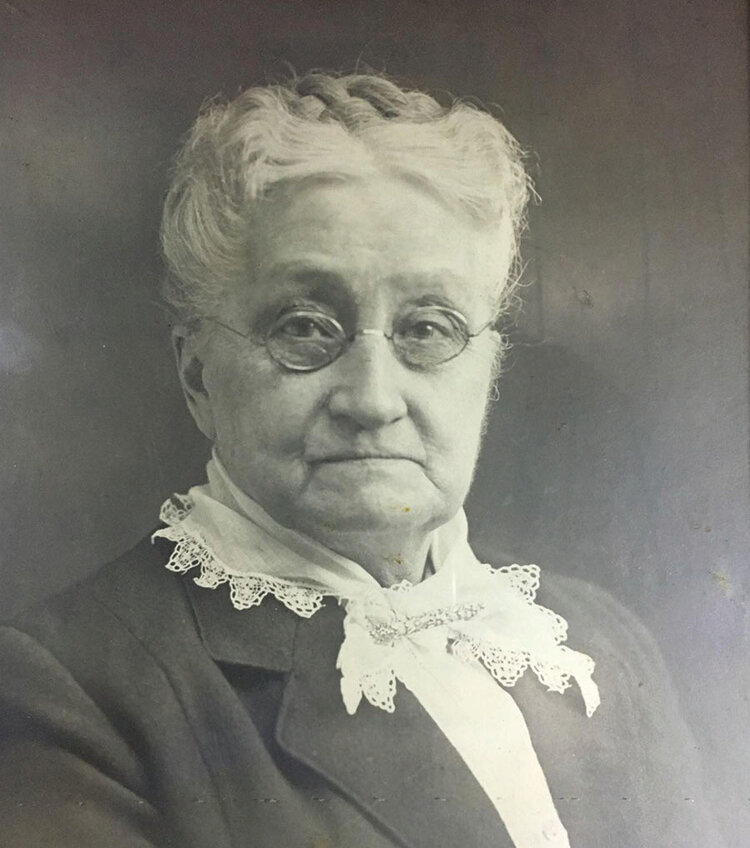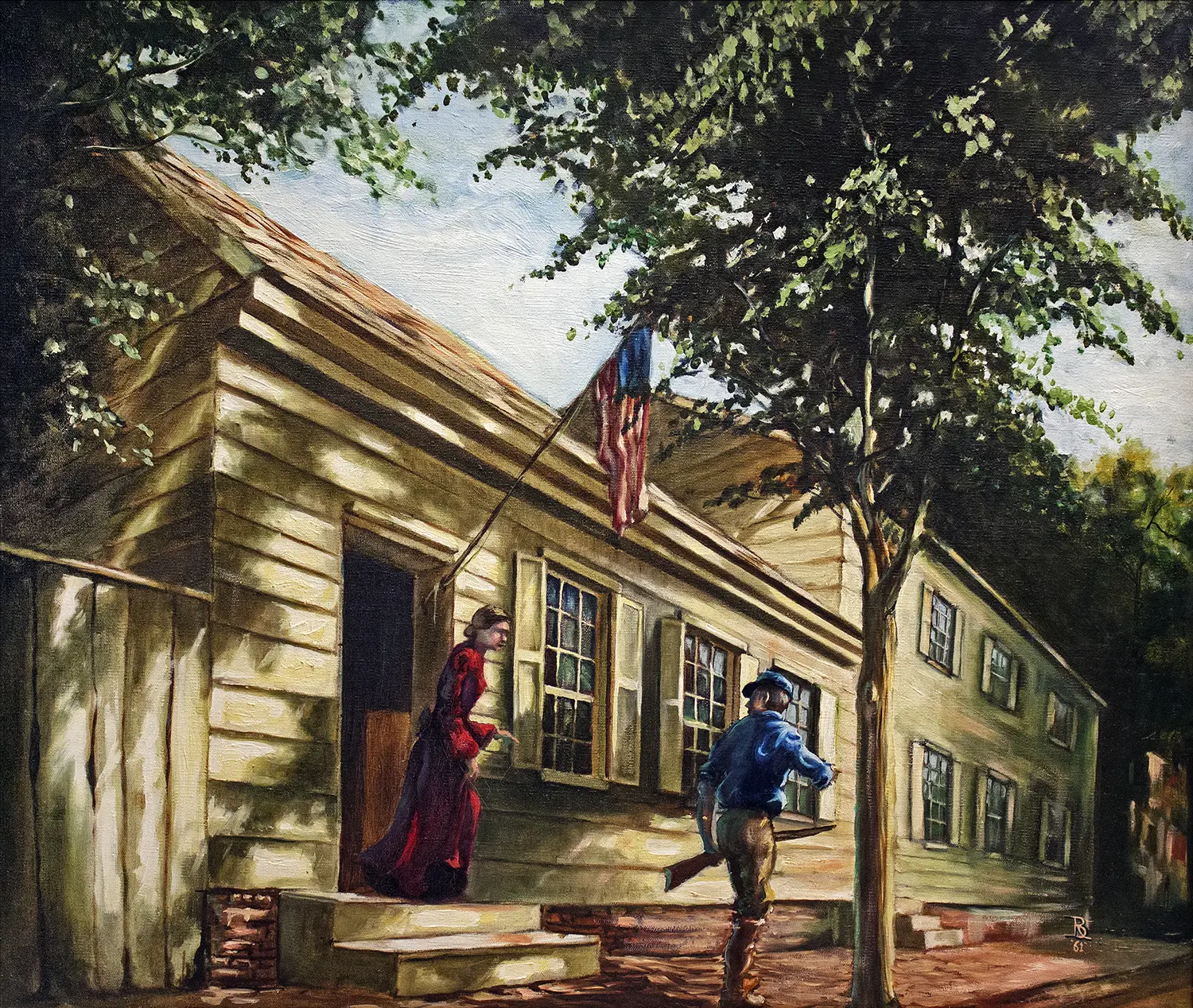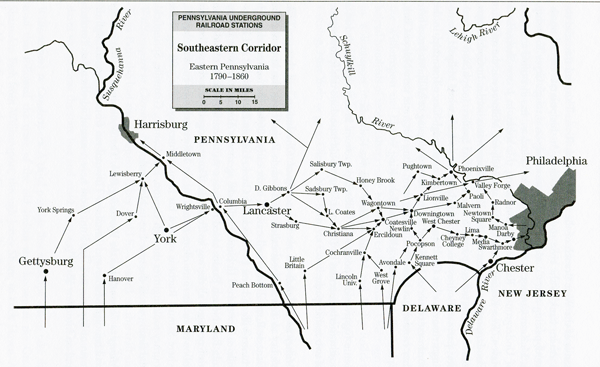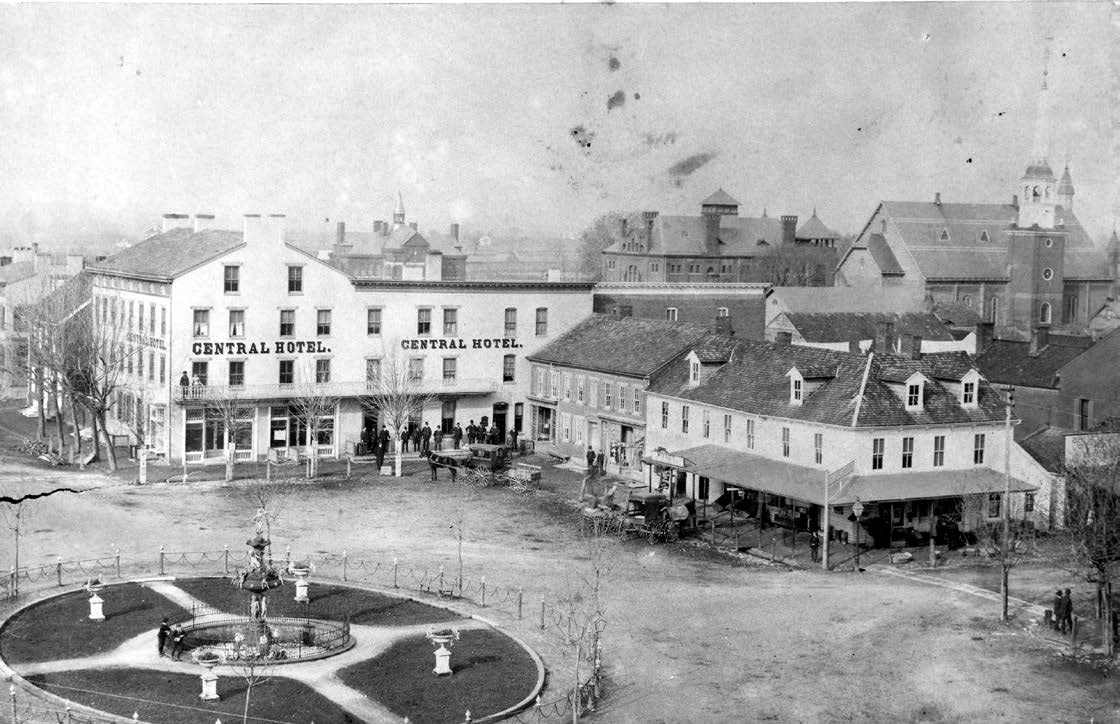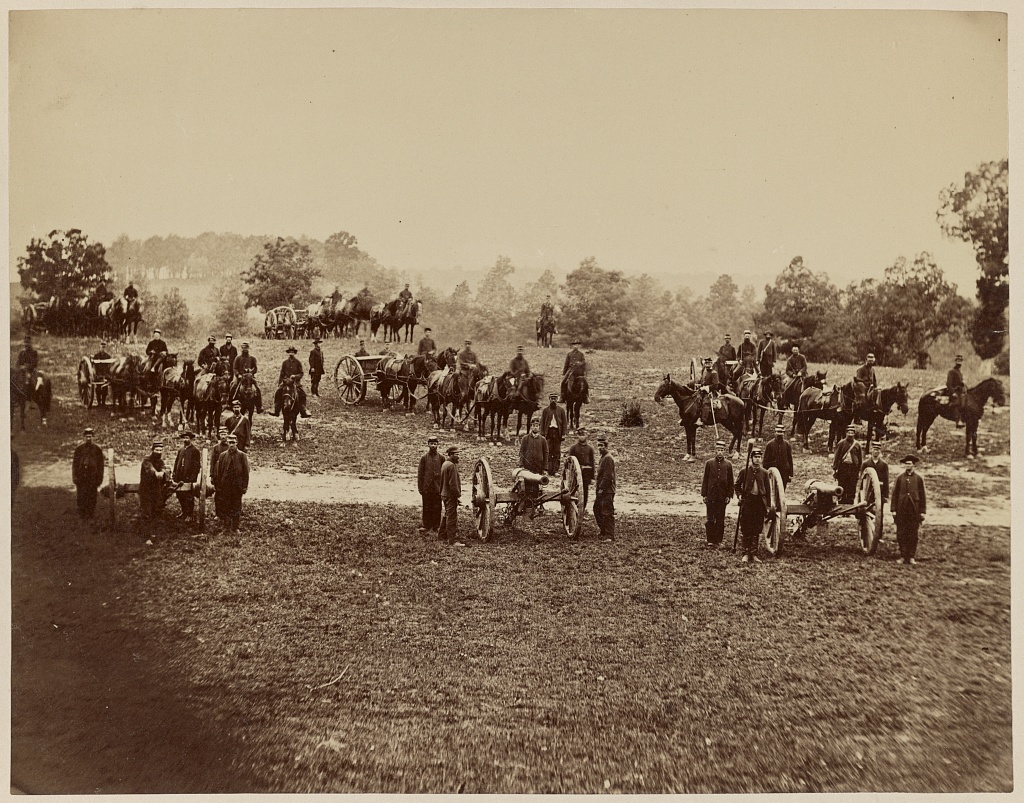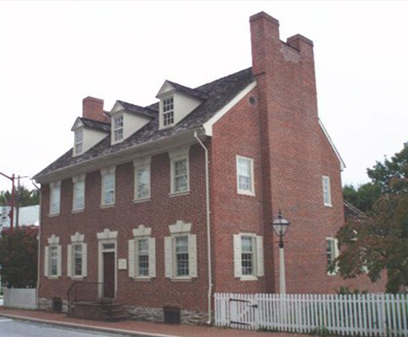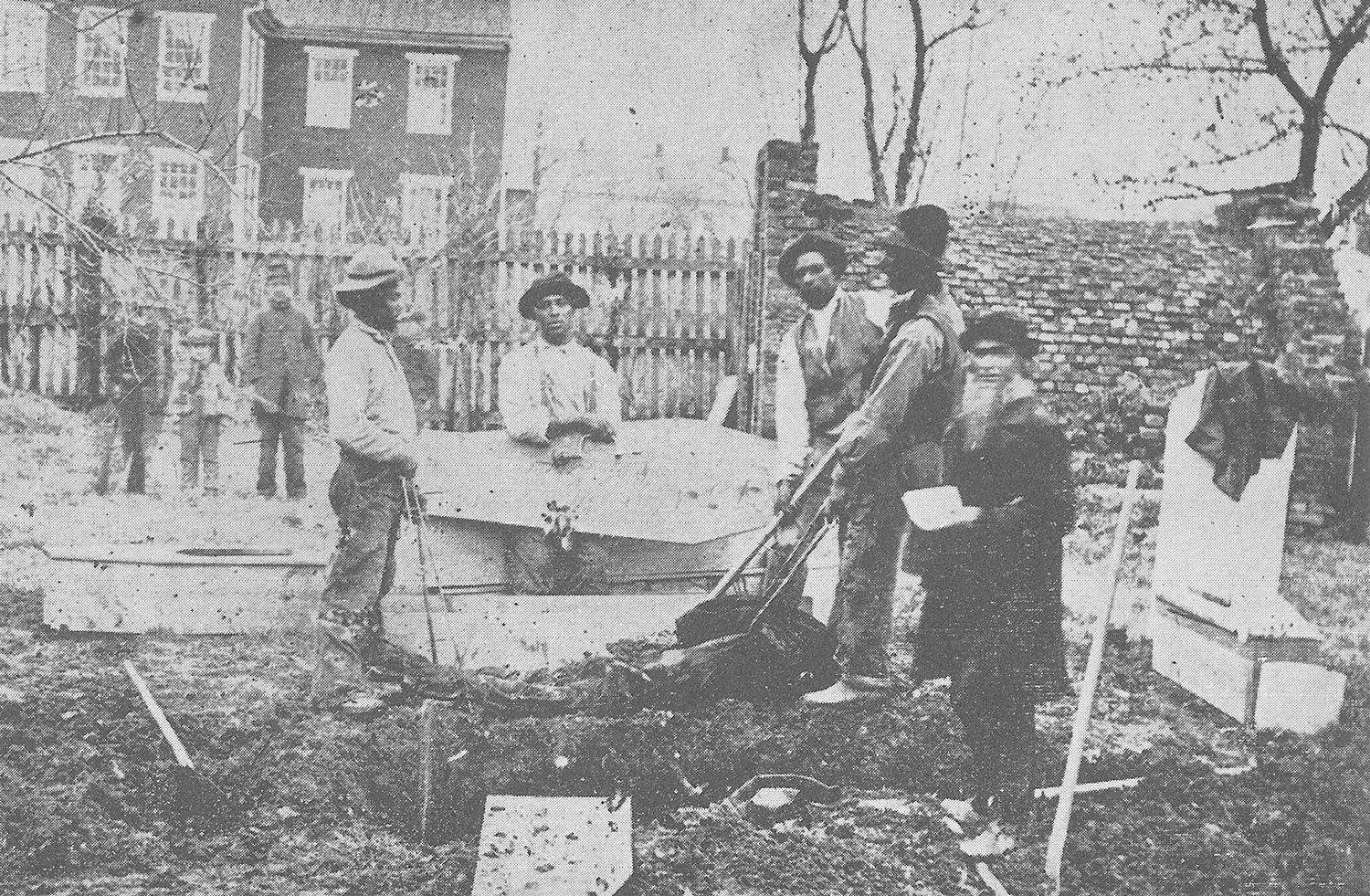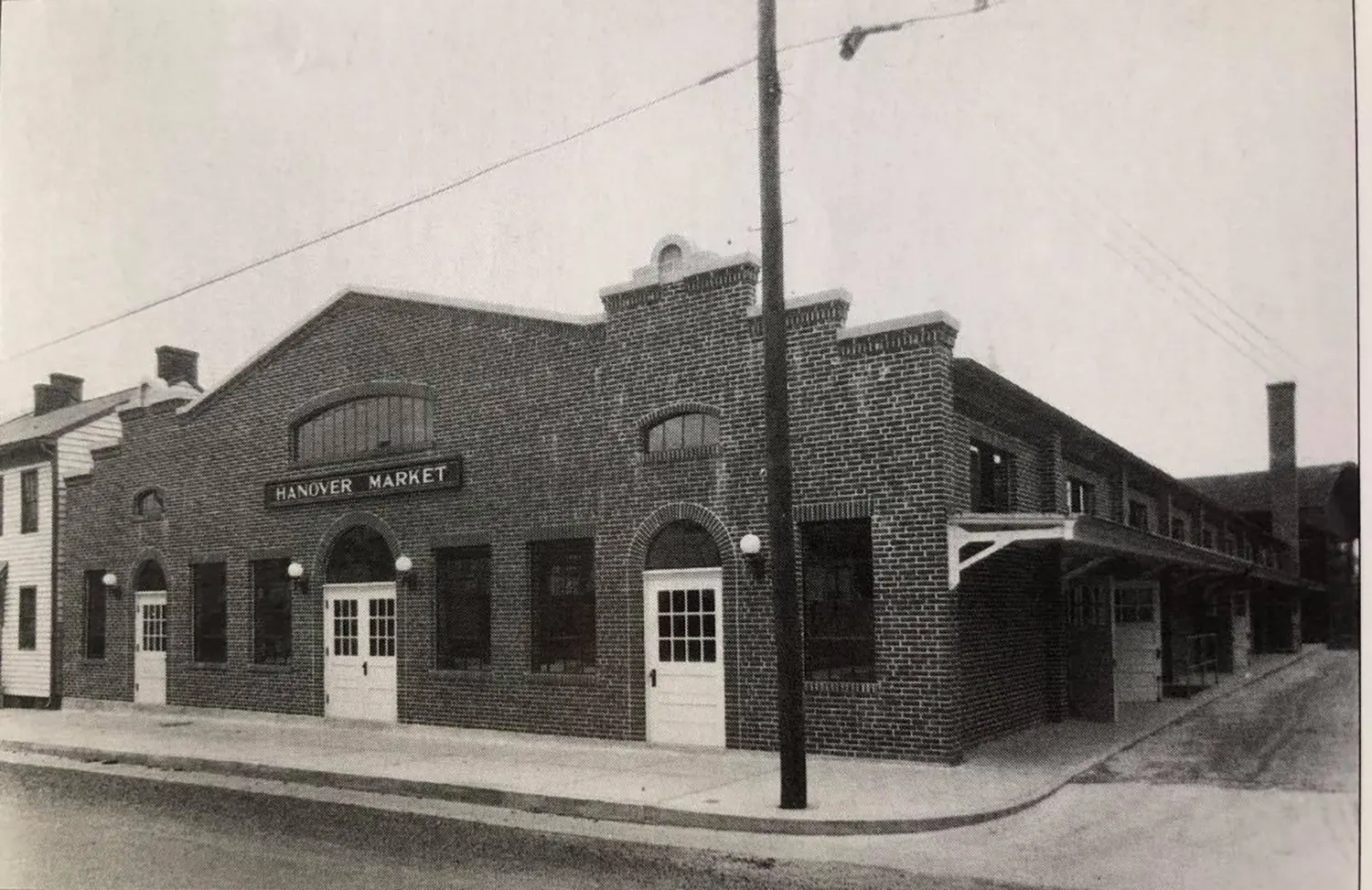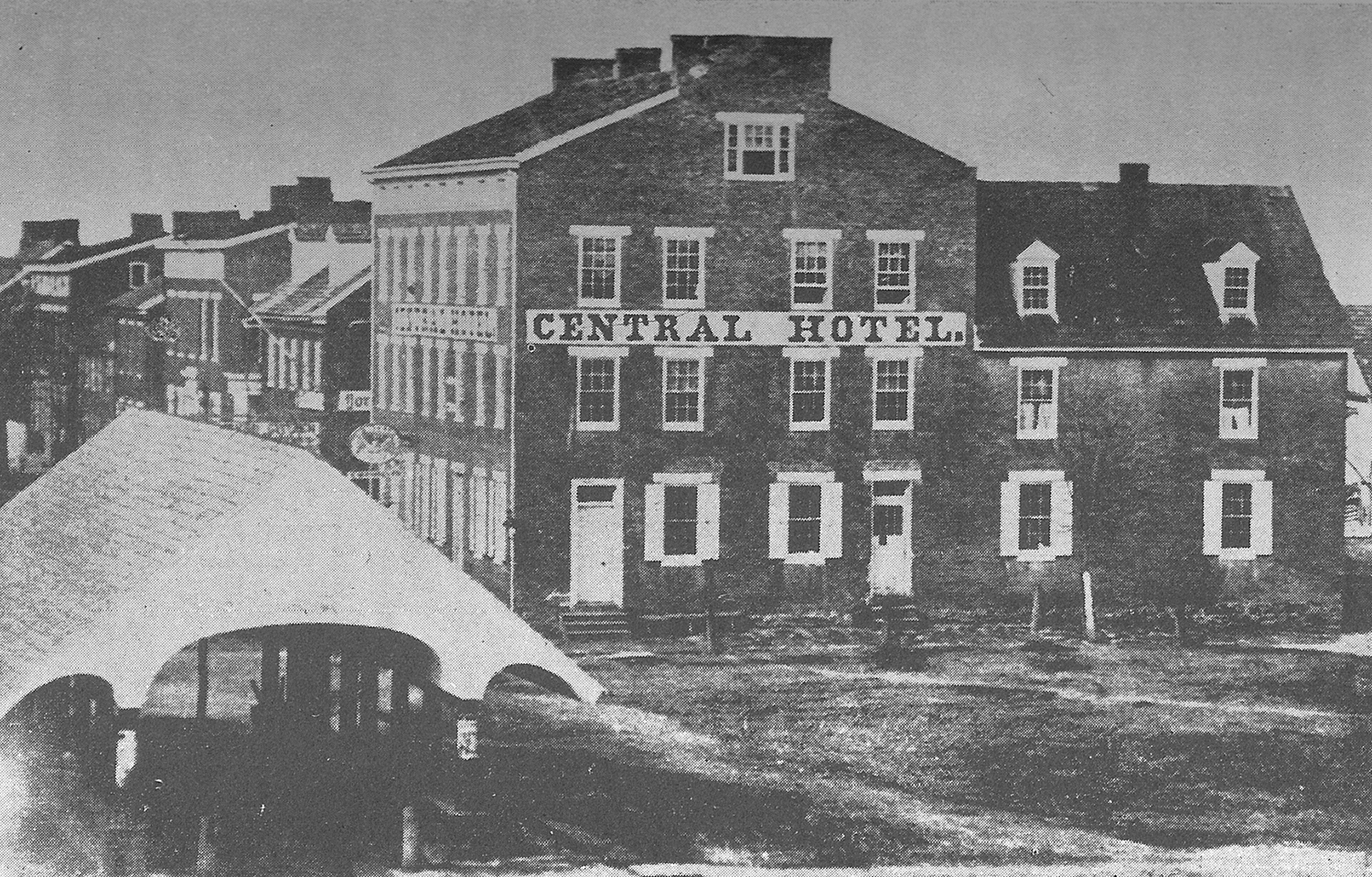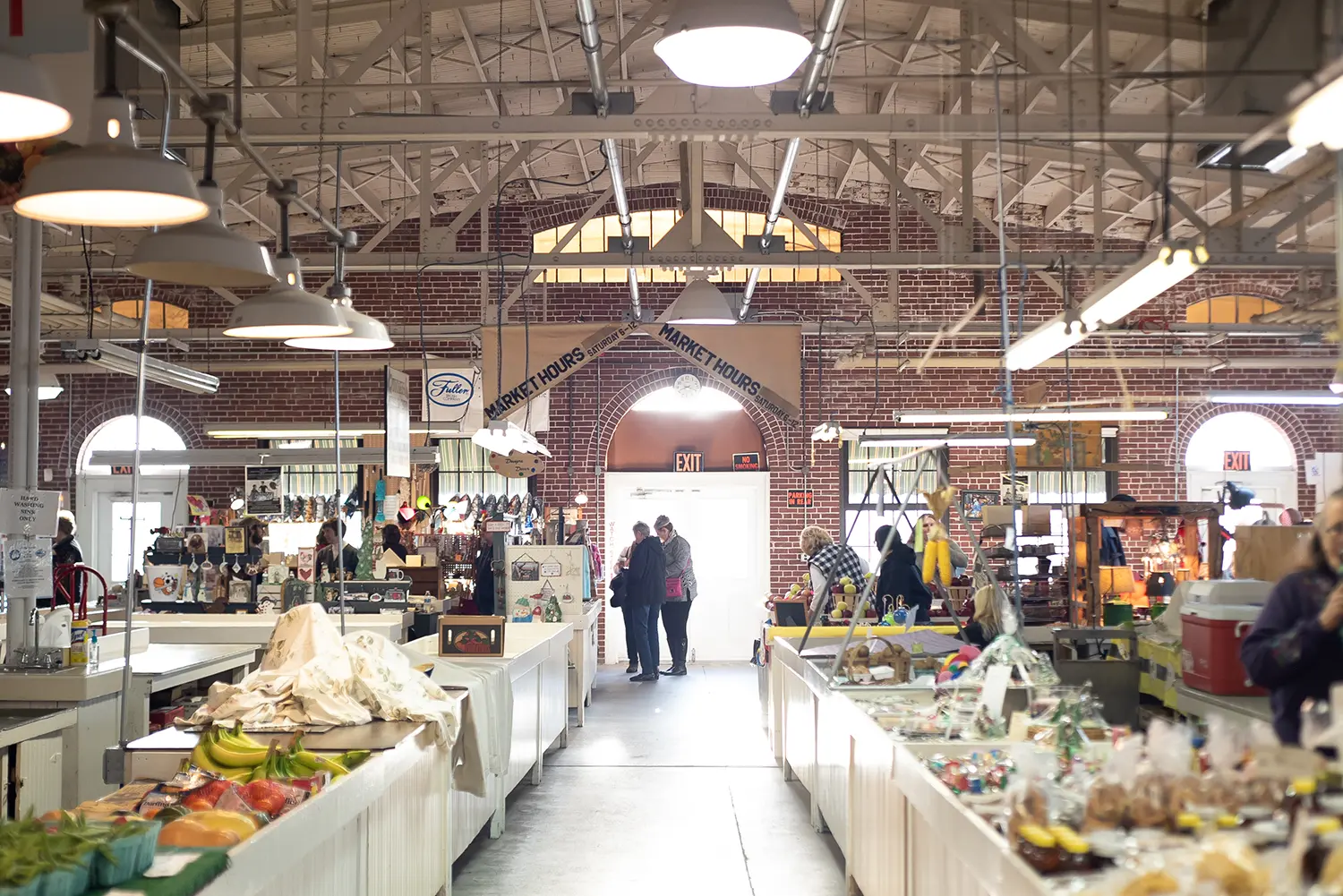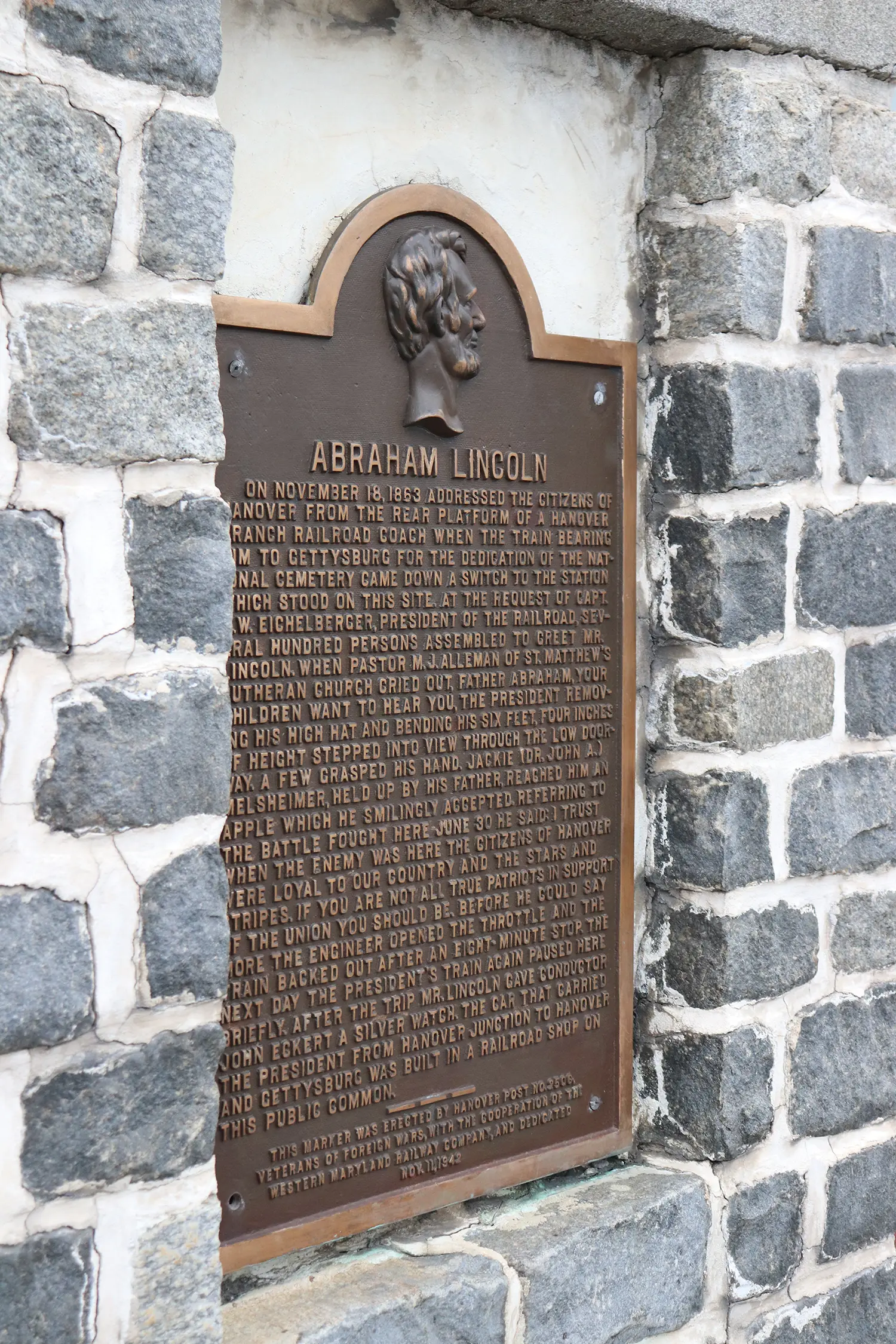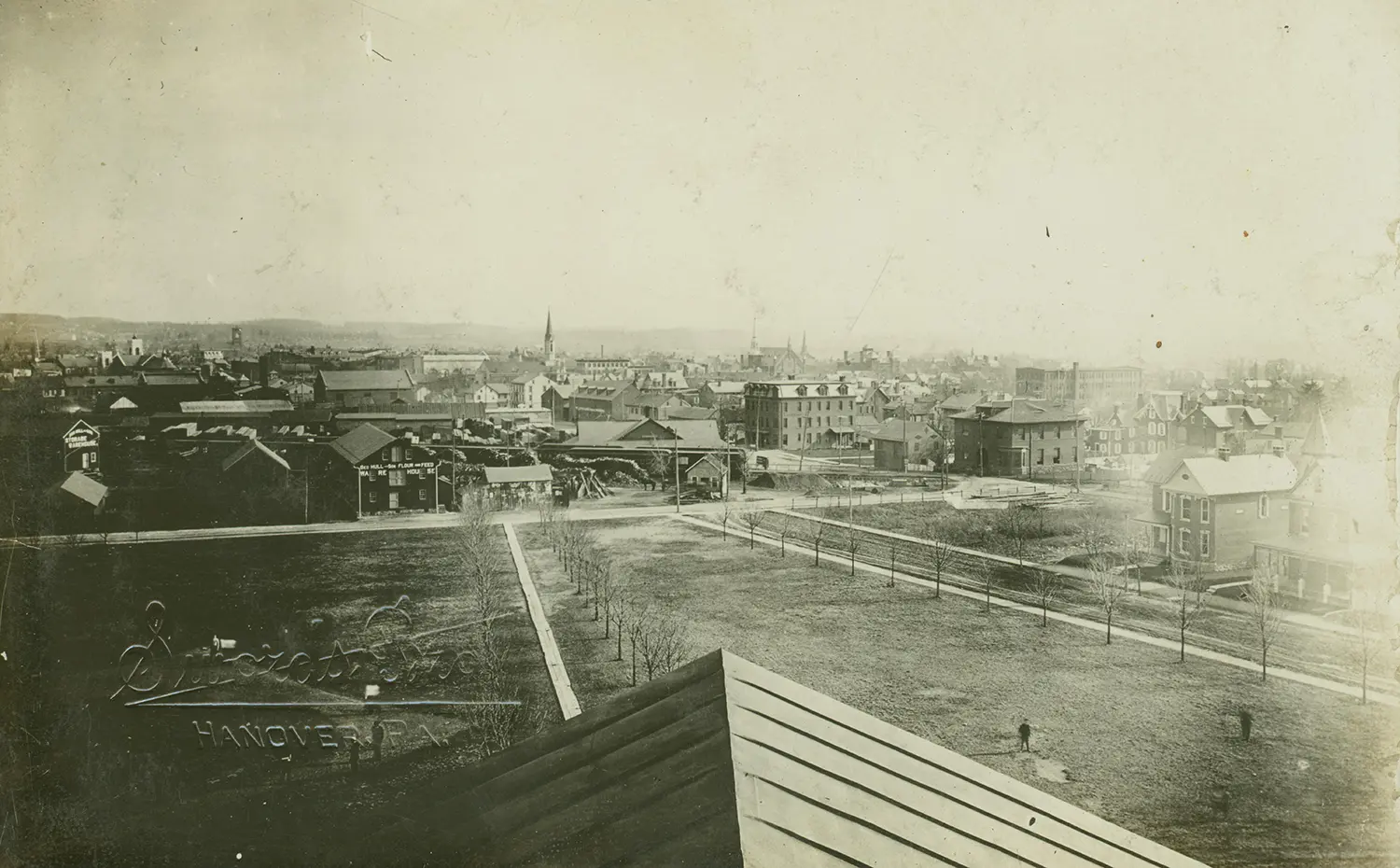Economic Development
Building Strength
Recognized Leading Program
As a Main Street America™ Accredited program, Main Street Hanover is a recognized leading program among the national network of more than 1,200 neighborhoods and communities who share both a commitment to creating high-quality places and to building stronger communities through preservation-based economic development. All Main Street America™ Accredited programs meet a set of National Accreditation Standards of Performance as outlined by the National Main Street Center. This comprehensive approach to downtown revitalization was developed by the National Trust for Historic Preservation and utilized by the Pennsylvania Downtown Center.

Transforming Communities
Every community and commercial district is different, with its own distinctive assets and sense of place. The Main Street Approach™ is centered around Transformation Strategies. A Transformation Strategy articulates a focused, deliberate path to revitalizing or strengthening a downtown or commercial district’s economy.
A program’s work on Transformation Strategies should be organized around the Four Points: Economic Vitality, Design, Promotion, and Organization.
The Main Street Approach™ offers community-based revitalization initiatives with a practical and adaptable framework for downtown transformation that is easily tailored to local conditions. The Main Street Approach helps communities get started with revitalization and grows with them over time.
Hanover at the Tip of Your Fingers
Discover what else Hanover has to offer during your visit.
A Balanced Approach
For a snapshot of accomplishments that the organization has had by being an accredited Main Street Community and following a balanced approach to economic development and preservation, read on…
RACP
Grant Secured for $1.4 Million
Governor Visit Secured
DCED Grants
Façade Grants – $90,000
Implementation Grant – $50,000
Planning Grant – $25,000
York County Tourism Grant – $50,000 for tourism activities driving tourism into Hanover Borough
National Accreditation with Main Street America (National Main Street Center) – 2015, 2016, 2017, 2018 & 2019
Top 10 Performing Main Street programs in Pennsylvania – 2018
Public Art Initiative & Beautification
Public Sculpture series launched and Mural Program underway
Holiday Events & Activities
All downtown holiday events and activities that drives visitation and spending in the Borough is facilitated and paid for by MSH and our donors.
LERTA
MSH leads the effort to get this passed. Currently, two projects with potential for more will use this program to get a tax abatement on the assessed value increase. After the first year of no change in tax revenue, the Borough will see an increase in revenue from the redevelopment of these properties. This program has made it more attractive to developers to take on projects in the Borough.
Our Vision
Business Development & Retention
All these efforts make it attractive to own a business in downtown Hanover and help make those businesses successful through collaboration, synergy, and added marketing benefits.
Events
MSH puts on events year-round to encourage local shopping and patronage of businesses in the Borough – In the past three years we estimated our MSH events brought in 3,000 people into the downtown shops and businesses. Over 6,000 have visited downtown in the past two years for the Christmas season activities.
Website & Social Media
MSH pays for and maintains a robust website and social media following for the Borough of Hanover’s downtown district. We share timely news updates and events, as well as encourage business patronage, and increase visitation to the Borough.
Tourism Effort
MSH has overseen efforts to promote the downtown district as a destination for shoppers and travelers.
